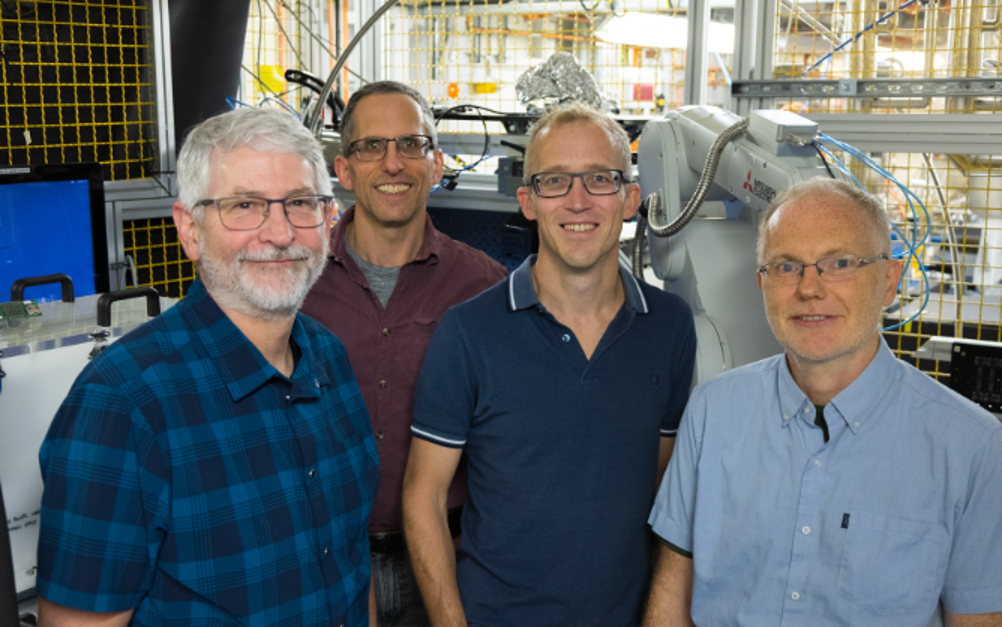The £1.3m award will secure an advanced JUNGFRAU 9M detector to support Diamond Light Source’s Microfocus Macromolecular Crystallography beamline I24.
Diamond, the UK's national synchrotron light source science facility located at the Harwell Science and Innovation Campus in Oxfordshire, said that this new generation of detector represents a leap forward in time-resolved structural biology research for synchrotron users.
The novel detectors allow for faster timescales than what is possible with the existing detectors in use – as fast as microseconds – which is invaluable to structural biologists because these are the timescales at which many enzyme reactions and other functions of proteins take place.
In a statement, Chris Schofield FRS, professor of Chemistry at Oxford University and co-investigator on the project, said: “Understanding how nature efficiently makes antibiotics and how antimicrobial resistance works benefits greatly from the ability to obtain time resolved structures of enzymes involved in these processes.
“In the UK, we are currently limited by much slower timescales than what is possible at X-ray free-electron lasers [XFELs], where access is difficult and infrequent. The award of funding for a JUNGFRAU detector bridges this gap for British researchers and will enable us to obtain time resolved structures at Diamond on beamline I24 in the microsecond time regime. The results will help the design of new drugs to combat antimicrobial resistance.”

The new detector, delivered by the Paul Scherrer Institute (PSI) in Switzerland, will complement existing X-ray detectors at Diamond.
Researchers at Diamond have been carrying out preliminary work with a smaller version of the detector, Jungfrau 1M, which has allowed them to begin the testing and calibration process to allow faster installation and onboarding when the new equipment is delivered.
The project will also see significant development in the scientific computing and data infrastructure areas to allow the investment to provide the most value to the research community.
“The installation of the JUNGFRAU detector will allow the structural biology community to study protein dynamic events, including enzyme catalysis, at much shorter timescales. This will provide fundamental insights that can guide protein/enzyme design and thus enable engineering biology,” said co-investigator David Leys, professor of Structural Biology at Manchester University.
More information on the ALERT Programme, including the full £22.3m award allocation, can be found on the Biotechnology and Biological Sciences Research Council’s website here.
More from The Engineer











Promoted content: Does social media work for engineers – and how can you make it work for you?
So in addition to doing their own job, engineers are expected to do the marketing department´s work for them as well? Sorry, wait a minute, I know the...